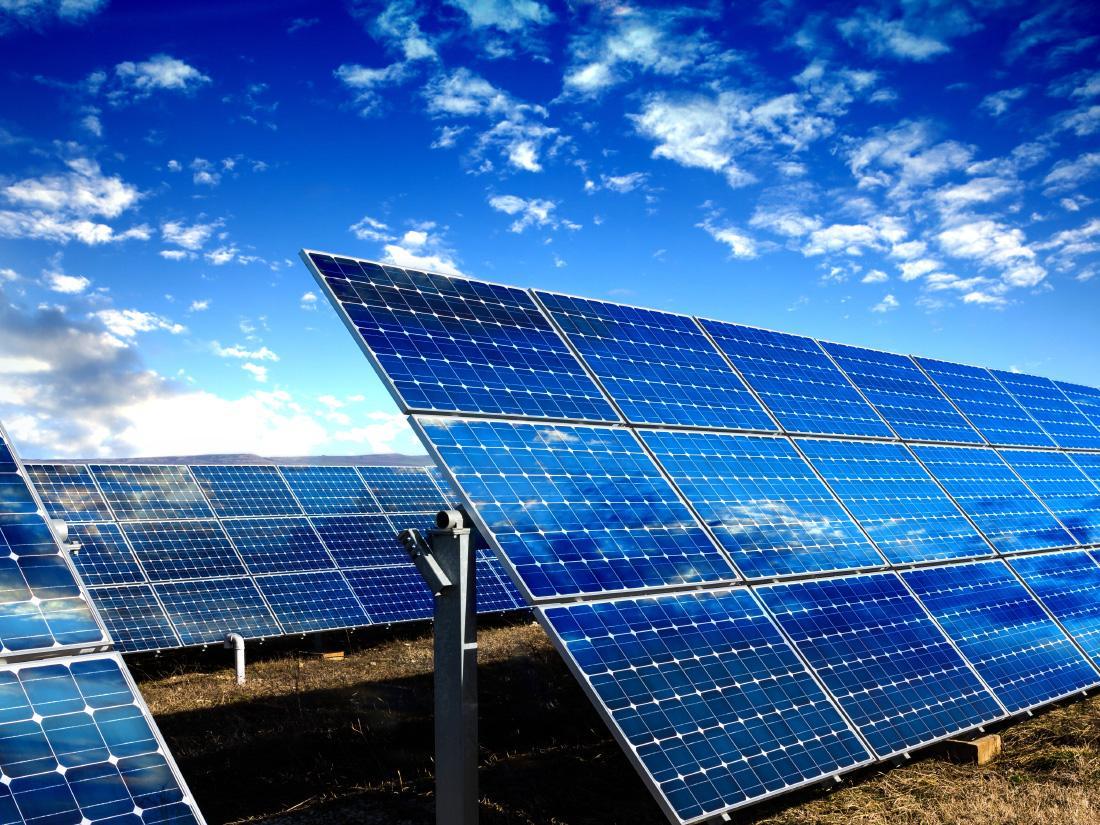Cyprus will have a new large-scale photovoltaic park that will convert solar energy into electricity using special panels.
On Wednesday, January 31, the Cyprus Department of Environment approved the construction of the project, which is owned by Petrolina Energy Ltd.
According to the release, the massive power plant, which will operate using the latest photovoltaic energy technology, will be located in the municipality of Aradippou in the Larnaca area. According to the release, Petrolina Energy Ltd will install 3,964 solar panels with a total capacity of 2.2MW. This will allow residents in the surrounding neighborhoods to reduce their electricity bills.
The photovoltaic park will cover an area of 20,500 m2 and the energy it will generate at its maximum total capacity will be 11,230 MWh/year.
As outlined in the related environmental impact assessment study (MEEP), the ultimate goal of the project is to help meet the region's energy needs and reduce the country's dependence on imported and non-renewable energy sources.
The estimated cost of the project is more than €3 million. Construction work is expected to start in 2024 and last about 15 months, with the project planned to be realized in one phase.

Since Cyprus has almost 365 days of sunshine a year, the problem of economical electricity consumption is mainly solved by building photovoltaic parks.
Unlike burning coal, solar energy does not cause the greenhouse effect that exacerbates global warming. Furthermore, solar energy can play an important and cost-effective role in overcoming Cyprus' dependence on fossil fuels.
Improved ways of storing solar energy can also increase the sustainability of the energy system. By storing extra energy on sunny days, batteries ensure that power is available in cloudier weather or when cyclones knock out traditional power lines. As a result, consumers in Cyprus can get more reliable energy at a lower cost.
By the way, these ambitious investments are not just good climate policy, but a great chance for Cyprus to invest in itself and its future.
